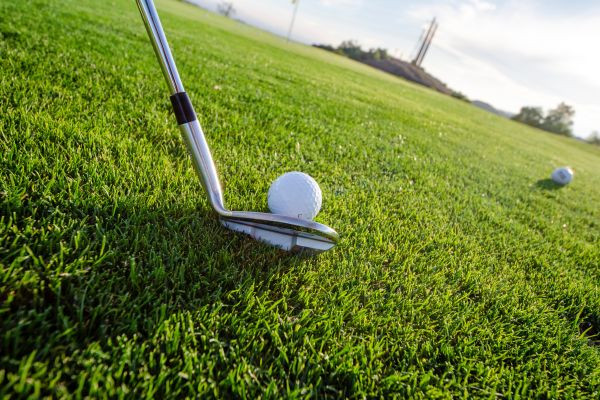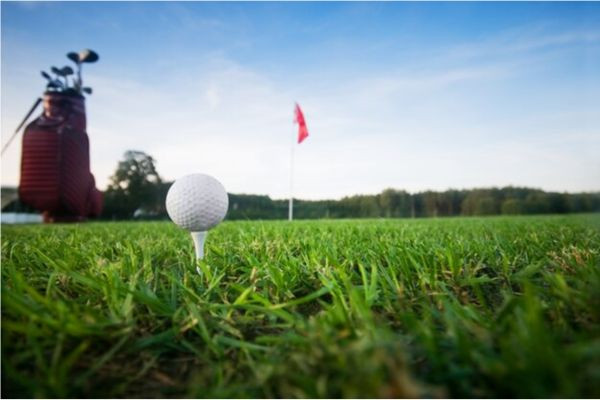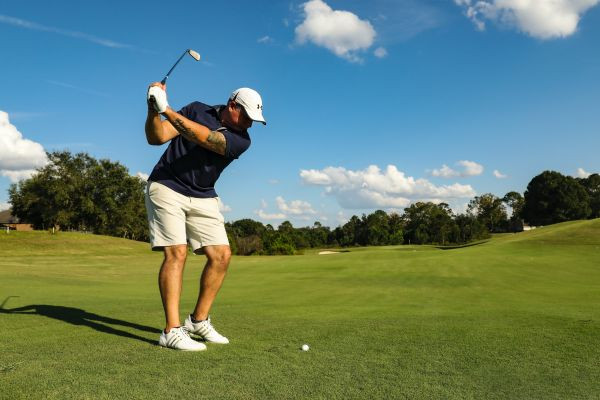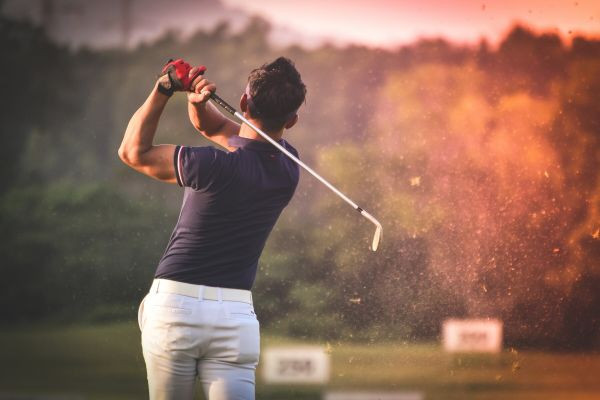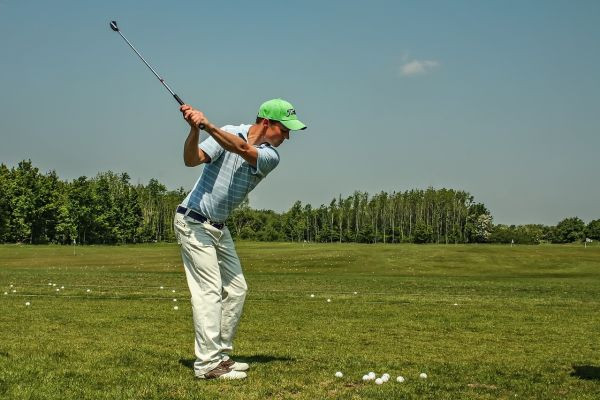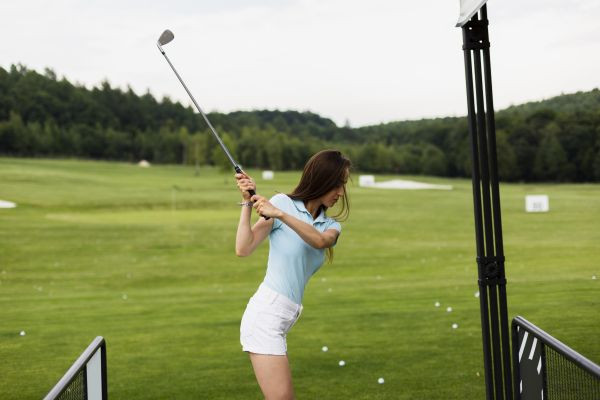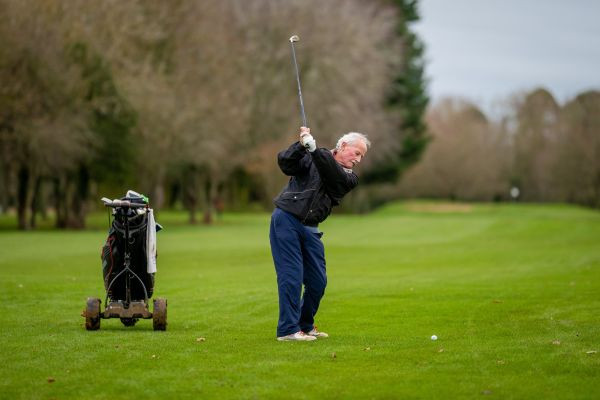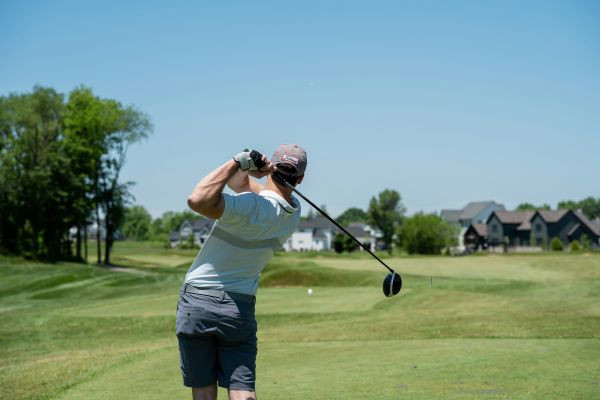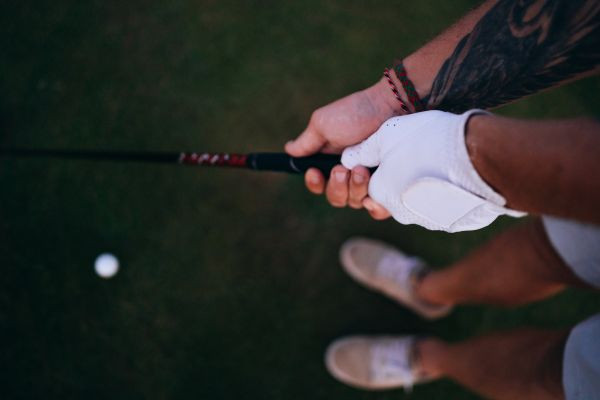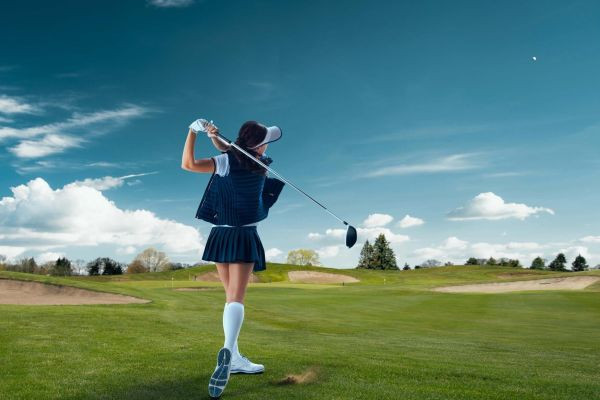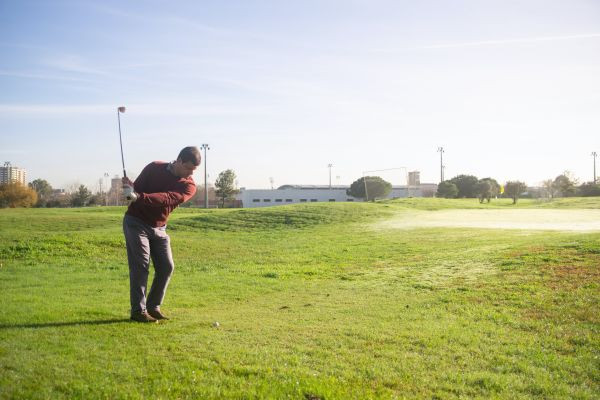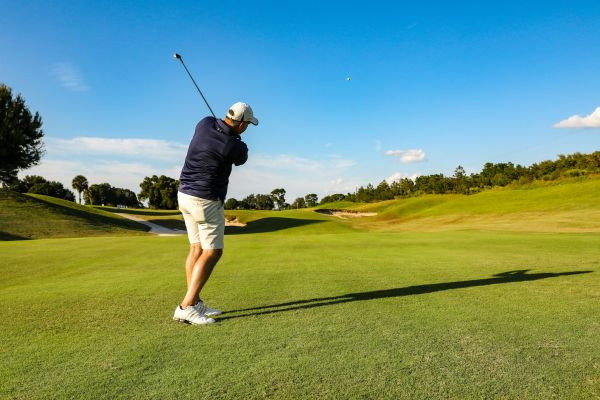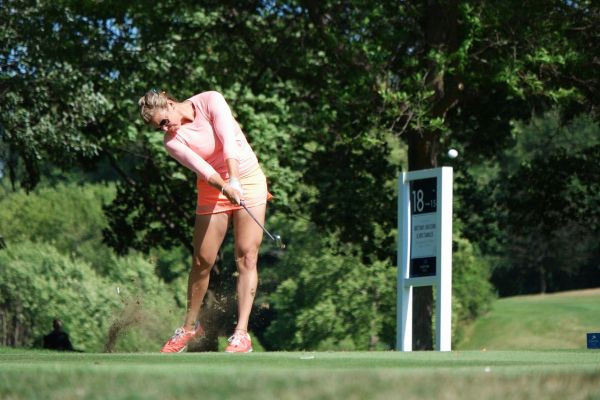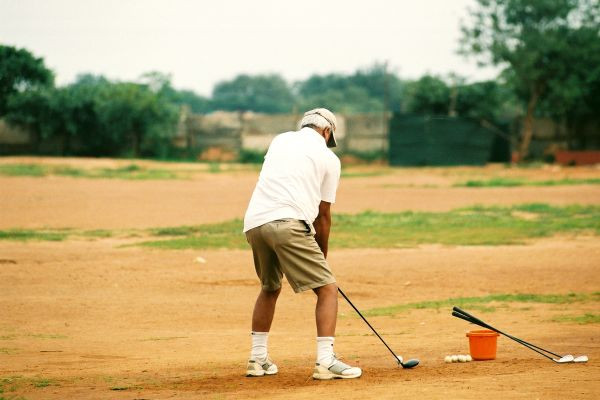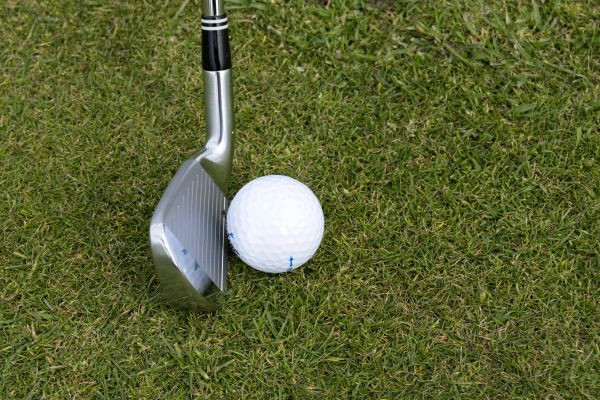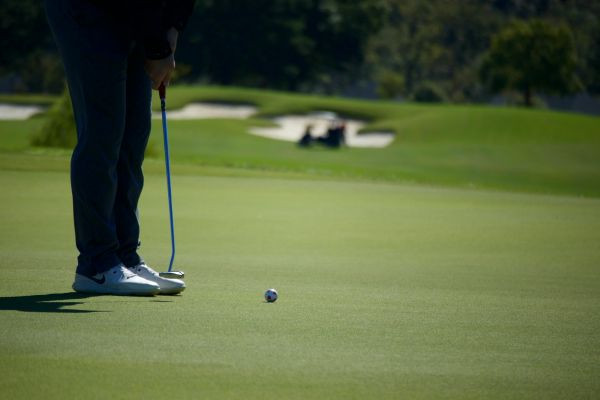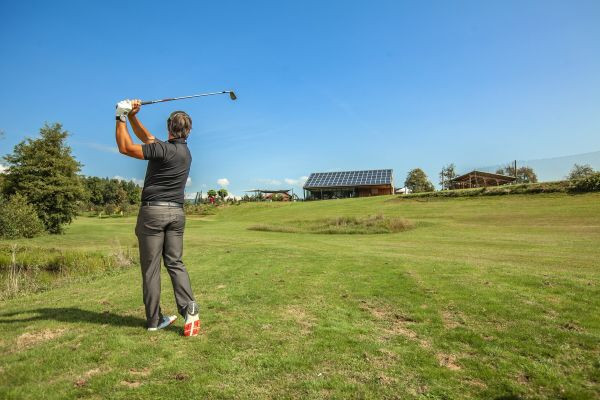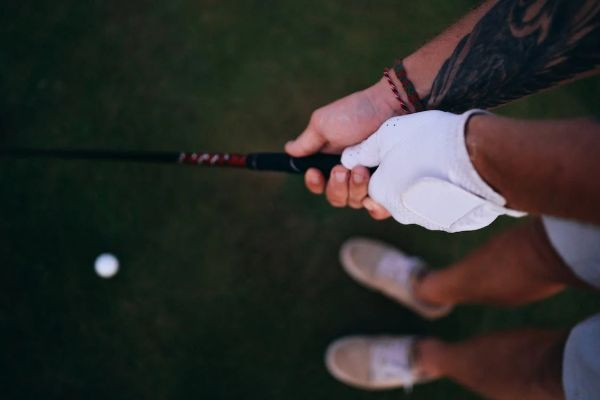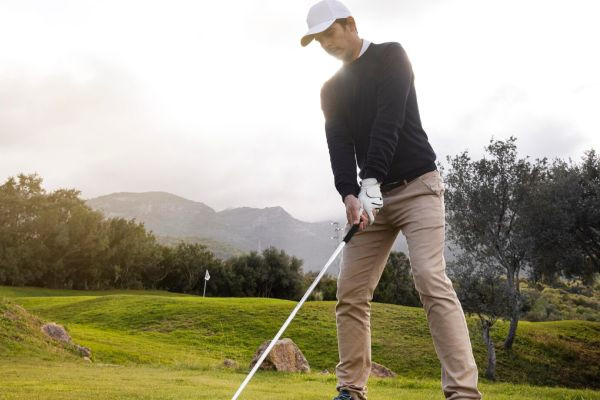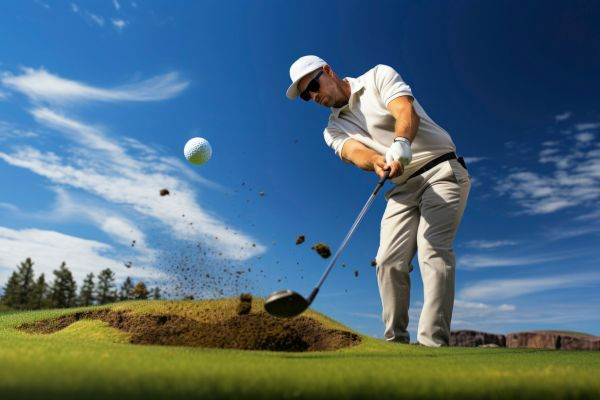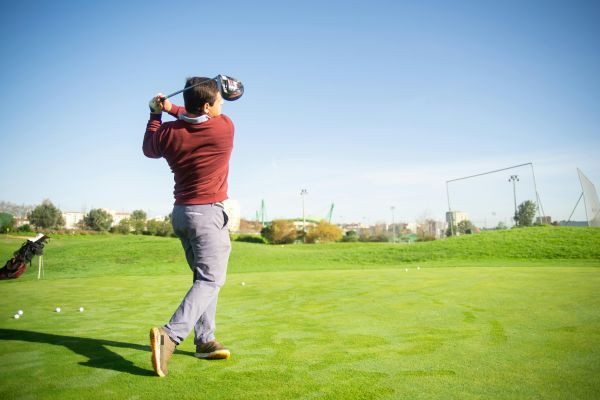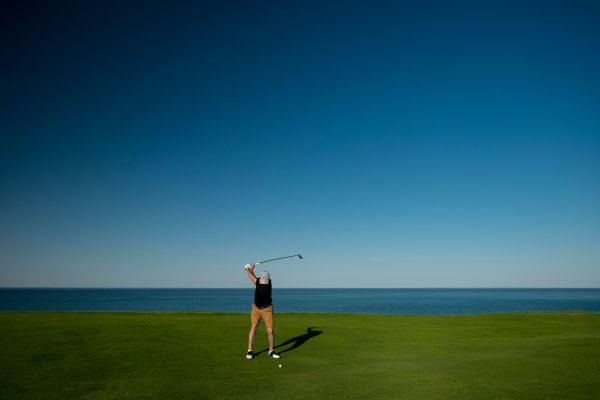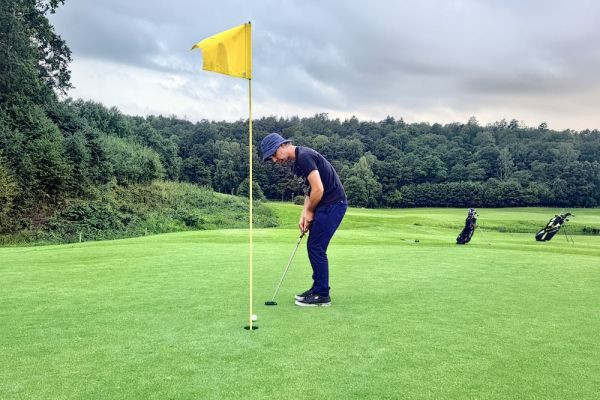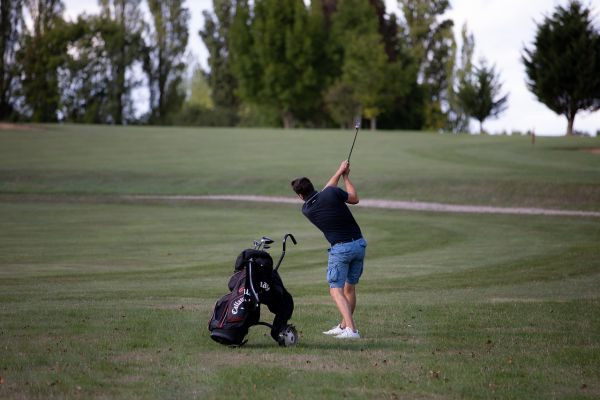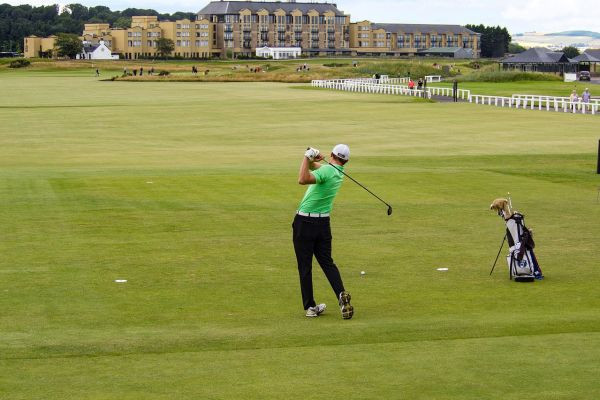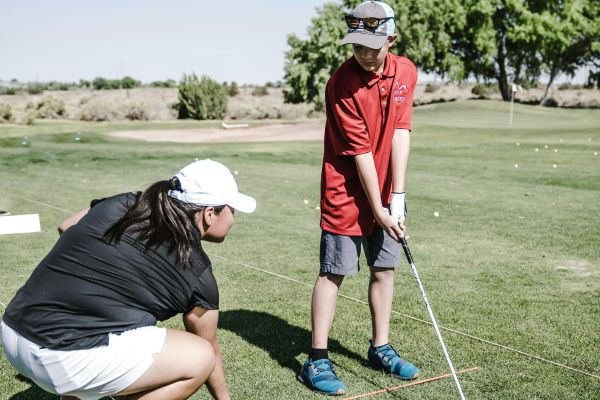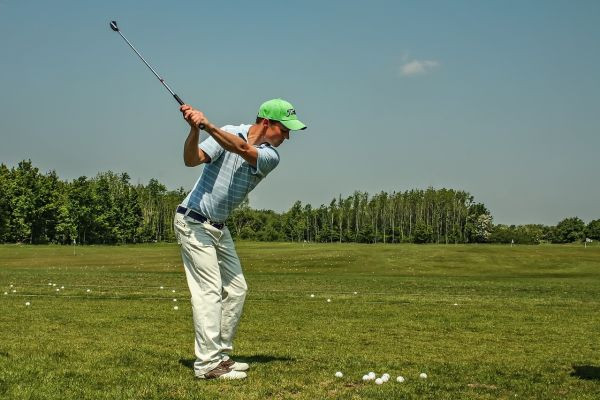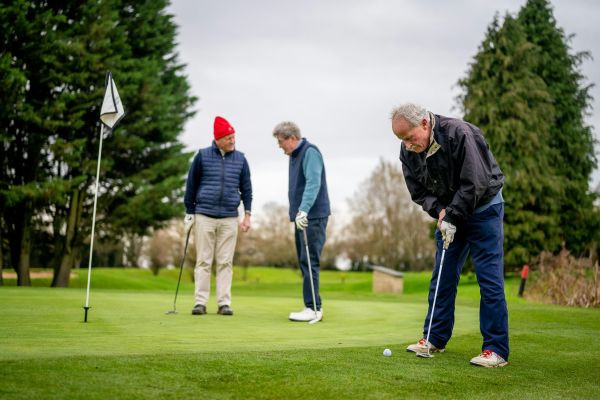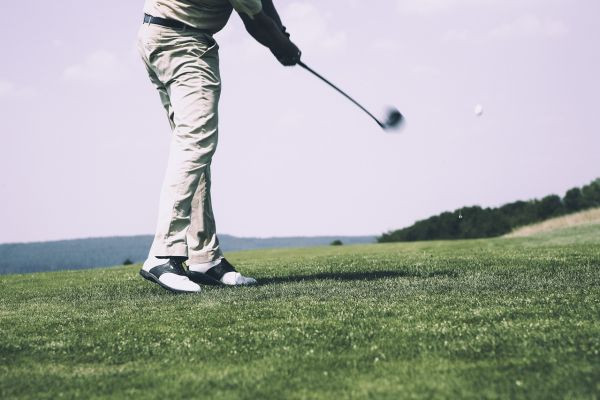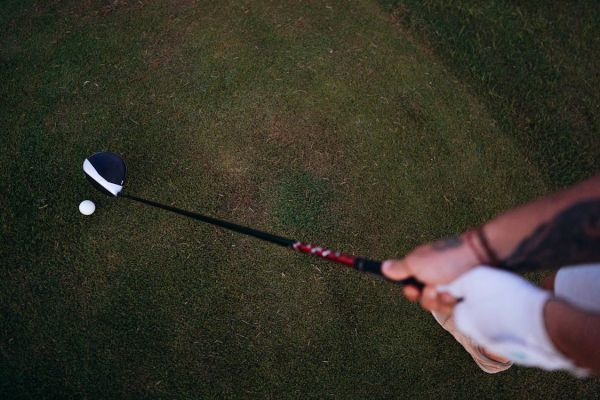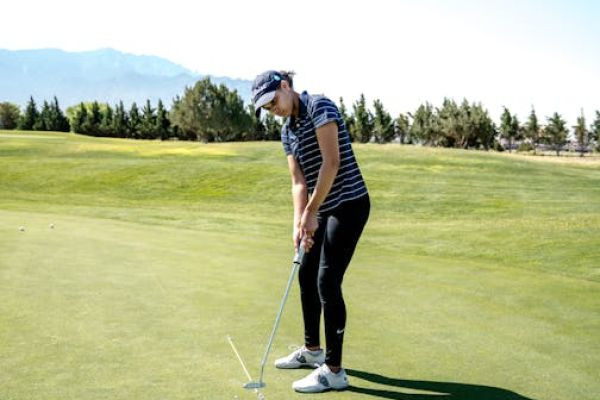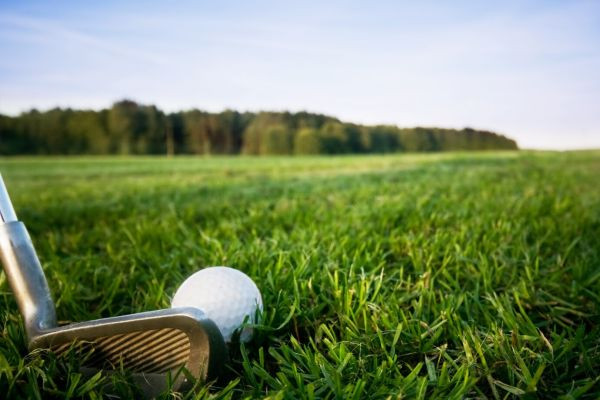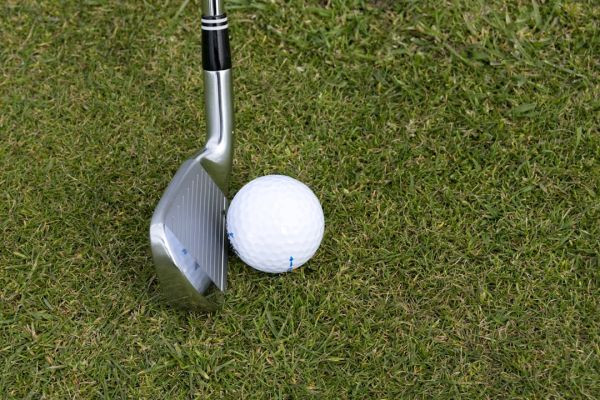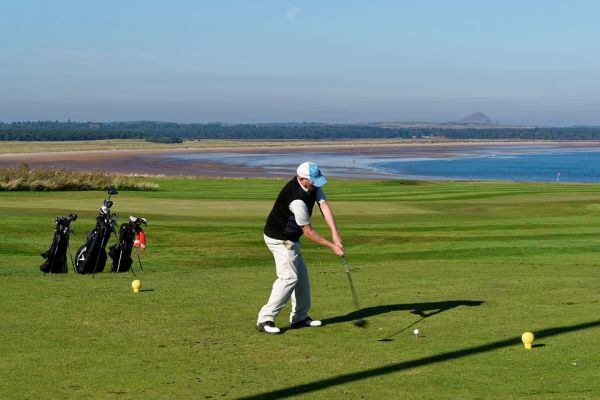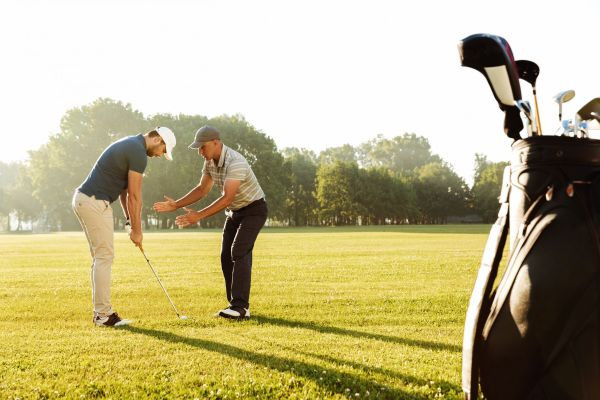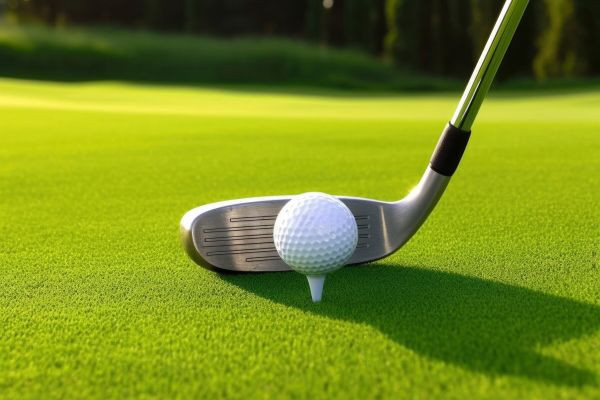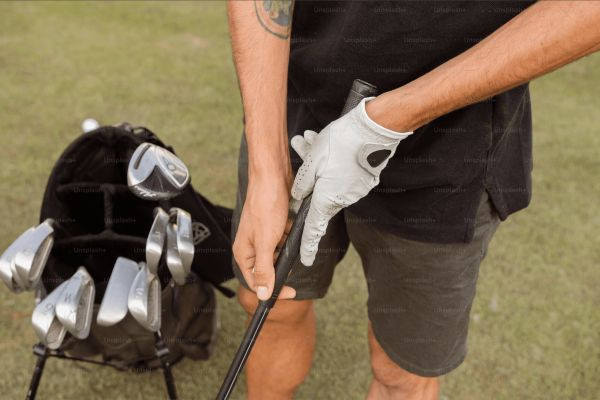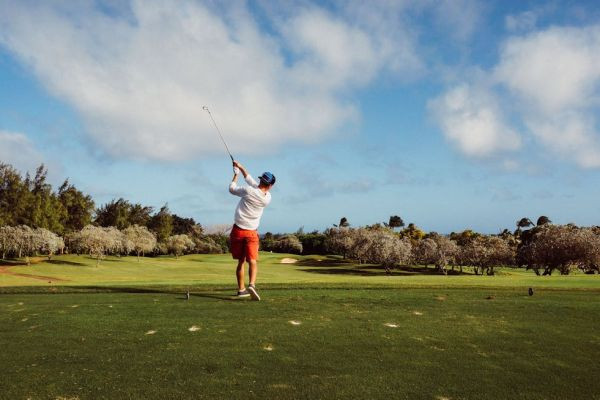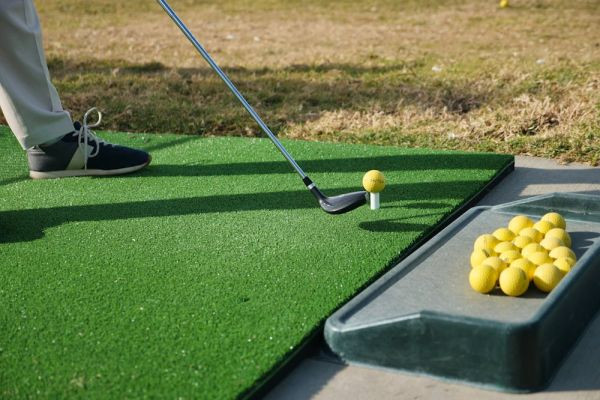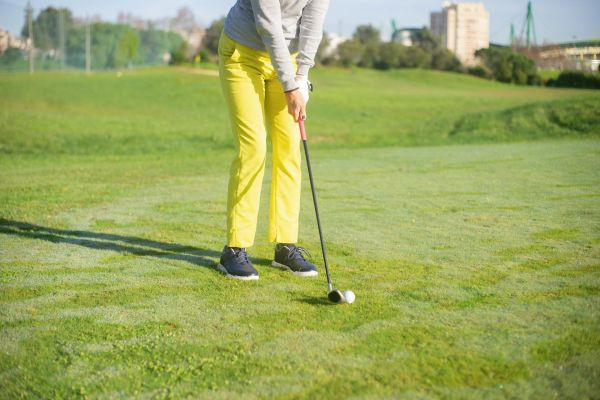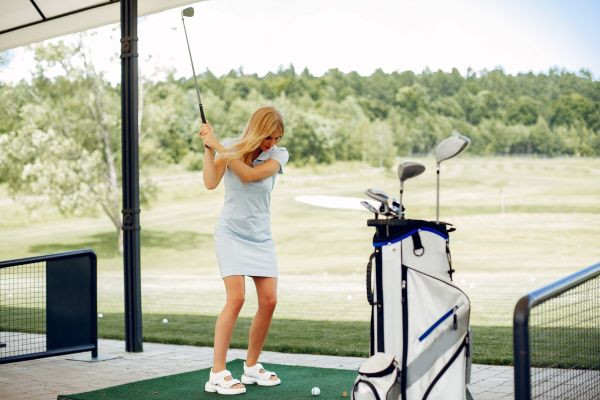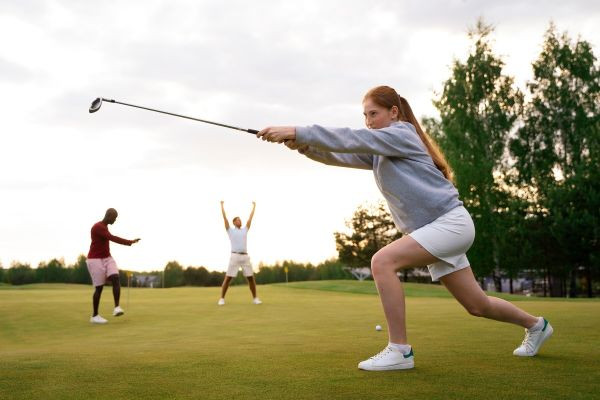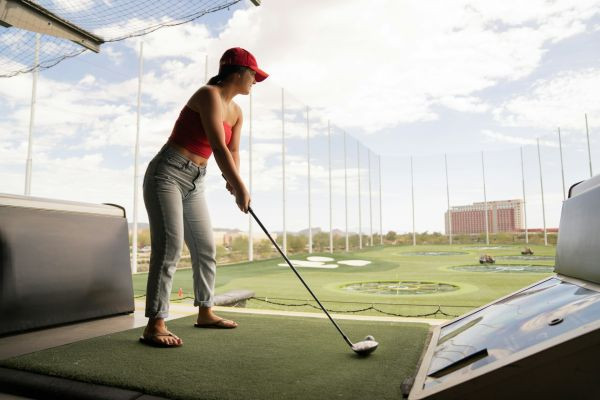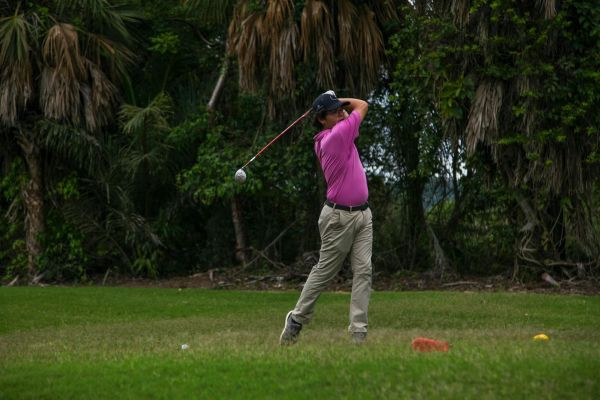3 Key Adjustments for Maximizing Driving Distance
Ever felt like you're just not getting enough distance on your golf drives?
I know how frustrating it is when you feel like you're putting in all this effort and not seeing the results. Many of us ..

Ever felt like you're just not getting enough distance on your golf drives?
I know how frustrating it is when you feel like you're putting in all this effort and not seeing the results. Many of us golfers have been in the same boat, struggling to figure out how to get the ball to fly further down the fairway. It’s really crucial too, because the further you can drive the ball, the easier your next shot is and that can really help lower your scores and give you an edge over the competition.
So, in this article, we’re going to look at three simple tweaks that could make a big difference in how far you can hit the ball. And the best part? You don’t need to start from scratch with your swing.
Ready to drive further? Let's tee up and dive in.
The Fundamentals of a Powerful Drive
When we talk about driving distance it's not all about how strong you are. You could be the strongest person on the course and still not hit it very far if your technique is off. A powerful drive is all about how well you can coordinate your body movements—from how you grip the club to how you follow through after hitting the ball.
Think of it like a dance or playing a video game where timing and coordination are key. Every part of your body from your fingers holding the club to your arms swinging and your feet planted on the ground has to move in a smooth coordinated way. If one part is off it can mess up everything else.
Now while getting your swing right is super important the gear you use matters too. Imagine trying to play a fast-paced video game with a really old slow computer. No matter how good you are at the game, the old tech would hold you back. It’s similar in golf.
The right driver—like a new state-of-the-art golf club—can really add yards to your drive. Choosing the right driver depends a lot on your personal playing style and physical strength. Different drivers have different features like head size, shaft stiffness and weight all of which affect how far and accurately you can hit the ball.
If you've been using a club that’s not suited to your style, switching to one that fits better could make a noticeable difference.
First Key Adjustment: Optimizing the Takeaway
The Concept of the Takeaway in Golf
Let's start by talking about the takeaway. It's the very first part of your golf swing—basically it's how you begin to move the club away from the ball. This starting move is super important because it sets up everything that follows. If you start off well you're setting yourself up for a solid powerful swing.
Common Mistakes in the Takeaway
A lot of golfers, maybe even including you, tend to rush through this part. It’s like they’re in a hurry to get the swing over with. This rushing can mess things up right from the start. When you move too fast the club your hands and your body might not stay aligned which means you lose power and accuracy before you even really get swinging.
Taking it slow at the start helps everything else fall into place more naturally. Think about it like beginning a race. If you start off on the wrong foot the rest of the race is going to be a struggle. But if you start strong and steady you're in a much better position.
How to Optimize Your Takeaway for Longer Drives
So how can you make sure your takeaway is setting you up for success? Focus on making it smooth and controlled. Don’t jerk the club back; instead draw it back gently. Make sure your club hands and shoulders are moving together as one unit.
It’s like pulling back the string of a bow. You wouldn’t yank it back; you’d pull steadily to keep the arrow aimed right. That's what you need to do with your golf club. Keep everything moving together smoothly and steadily and you'll maintain better control and create a stronger foundation for the rest of your swing.
Second Key Adjustment: Mastering Shoulder Rotation
Source:https://www.pexels.com/photo/a-woman-in-gray-sweater-putting-a-golf-ball-on-green-grass-6542430/
Importance of Shoulder Rotation
Now, let’s talk about shoulder rotation. This might sound a bit technical but it's actually pretty straightforward. When you swing a golf club, how you rotate your shoulders can make a huge difference in how fast the club moves and how much power you generate. If your shoulders are turning well, your swing will have more power and that power helps send the ball flying farther.
Techniques for Improving Shoulder Rotation
Improving how you rotate your shoulders isn’t about just swinging your arms around. You need to make your shoulders more flexible and strong so they can move freely and powerfully. This means working on your shoulder mobility, which is basically how well and how easily your shoulders can move.
One good way to do this is by doing specific exercises that stretch and strengthen your shoulder muscles. You might try things like arm circles or shoulder stretches that you hold for a few seconds. These exercises help loosen up your shoulders, making them more flexible.
Drills to Enhance Shoulder Mobility and Strength
Besides just stretching, there are drills you can do that specifically help with the golf swing. These drills focus on making sure you’re rotating your shoulders correctly as you swing. One simple drill is to practice your swing slowly without a ball. Concentrate on feeling your shoulders turn as you bring the club back and then swing forward.
Another helpful drill involves using a golf club or a stick held across your shoulders while you practice turning your upper body. This helps you get a feel for how much your shoulders should be turning and ensures you're aligning everything correctly.
By practicing these drills regularly, you build what’s called muscle memory. That’s just a fancy way of saying your body starts to remember how to move correctly all on its own. This makes your swing more consistent and powerful without you having to think about it every single time.
So, by working on your shoulder rotation and making sure your shoulders are strong and flexible, you're setting yourself up for more powerful, effective swings. This doesn’t just help with your driving distance; it can improve your entire game. Give these techniques and drills a try and see how they can change your swing for the better!
Third Key Adjustment: The Art of Perfecting Lag
What is Lag in Golf?
Let's break down what lag really means in golf. Imagine you're swinging a golf club. Right when you start to bring the club down towards the ball, there's a special angle that forms between the club, your wrists and your arms. This angle is what we call 'lag.' It's super important because it's like loading up a spring—the more you can maintain this angle, the more power you can unleash when you finally hit the ball.
Benefits of Increasing Lag
So, why do we care about increasing lag? It's all about the power. The more lag you keep during your swing, the more energy you store up. And just like releasing a tightly coiled spring, that stored energy explodes when you hit the ball, sending it much farther than it would go without that extra lag.
Steps to Achieve Optimal Lag
Now, how do you work on getting this awesome lag into your swing? It's something you can definitely improve with practice and here's how to start:
Focus on Your Grip and Wrist Position: When you're swinging, pay attention to how you're holding the club. Your wrists should be firm but flexible, allowing you to maintain that angle as you start your downswing.
Slow Down Your Practice Swings: Take some slow, deliberate swings where you really focus on maintaining the angle between your club and your arms for as long as possible as you come down. This helps you get a feel for what maintaining lag feels like.
Use Drills to Reinforce the Feeling: There are specific drills you can do to help build up your muscle memory for this. One popular drill is the "pump drill," where you bring the club down to the point where you have maximum lag and then 'pump' it back up a couple of times before finally swinging through to hit the ball. This drill reinforces the feeling of holding that lag.
Record and Review Your Swings: If you can, get someone to video your swings or use your phone to record yourself. Watch your downswing to see how well you're maintaining lag. Sometimes, seeing what you're actually doing can help you make adjustments more effectively than just feeling it out.
Common Pitfalls and How to Avoid Them
When you’re trying to get better at golf, it’s super important to know the common mistakes that can mess up your game. Even small things like how you swing or stand can have a big impact. Let’s talk about some of these pitfalls and how you can steer clear of them.
One big issue a lot of us run into is over-swinging. This is when you try to hit the ball as hard as possible, thinking it’ll go farther. But here's the catch: when you over-swing, your whole body can get out of sync. Your arms might move too fast for your hips or your swing might lose its smooth path, leading to all sorts of wild shots.
Instead of whacking the ball as hard as you can, focus on a controlled, steady swing. This gives you better balance and actually helps the ball travel further and more accurately because you hit it squarely.
Another common mistake is poor foot alignment. It might seem like a small thing but the way you position your feet can really affect your entire swing. If your feet are too close together or too far apart or if they’re not lined up right with where you want the ball to go, your body has to make awkward adjustments. These adjustments can throw off your swing big time.
To fix this, practice setting up your shot with careful attention to where your feet are. A good rule of thumb is to have your feet shoulder-width apart, with your lead foot slightly ahead of the trailing one. This stance gives you stability and a solid base to swing from.
To really nail these corrections, it’s a great idea to practice regularly and maybe even get some feedback. You can ask a coach or a more experienced player to watch you play and point out any habits you might not notice yourself. Sometimes another set of eyes can spot things you can't.
Conclusion
So, we’ve gone over three key adjustments to help boost your driving distance on the golf course: optimizing the takeaway, mastering shoulder rotation and perfecting lag. By focusing on these areas, you're really setting yourself up for better performance. But remember, getting better at golf is more like running a marathon than a sprint. It takes time, patience and lots of practice.
Make sure to practice these techniques regularly and don’t get discouraged if you don’t see improvements overnight. It’s all about making small adjustments, practicing them and then seeing how they help your game. Soon enough, you'll start noticing your drives going farther than ever before.
Frequently Asked Questions (FAQs)
What is the quickest way to improve driving distance?
The fastest way to ramp up your driving distance is to keep at it with your practice, specifically focusing on the basics of your swing mechanics. The more you practice, the quicker you'll see changes.
How often should I practice these adjustments?
To really make these adjustments stick and to see significant changes in your game, you should aim to practice at least three times a week. Consistent practice is key to making lasting improvements.
Can these techniques help with accuracy as well as distance?
Absolutely, these adjustments don’t just increase your driving distance; they also help make your swings more accurate. By refining your swing mechanics, you’ll not only hit farther but also more precisely.
What is the most common mistake when trying to increase driving distance?
A common mistake many golfers make is over-swinging. It's easy to think that the harder you swing, the farther the ball will go but that's not always true. Over-swinging can mess up your control and actually make your shots less effective.



